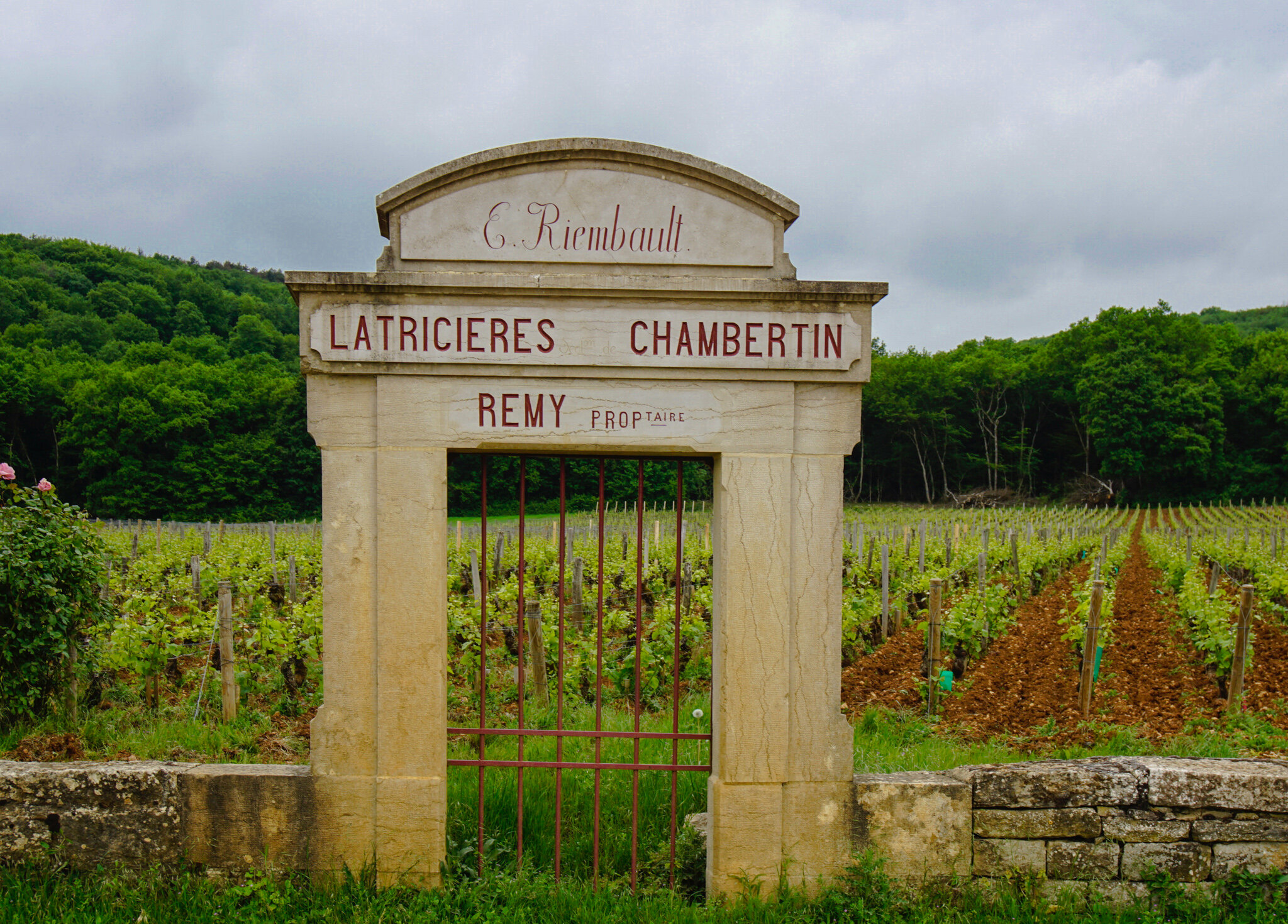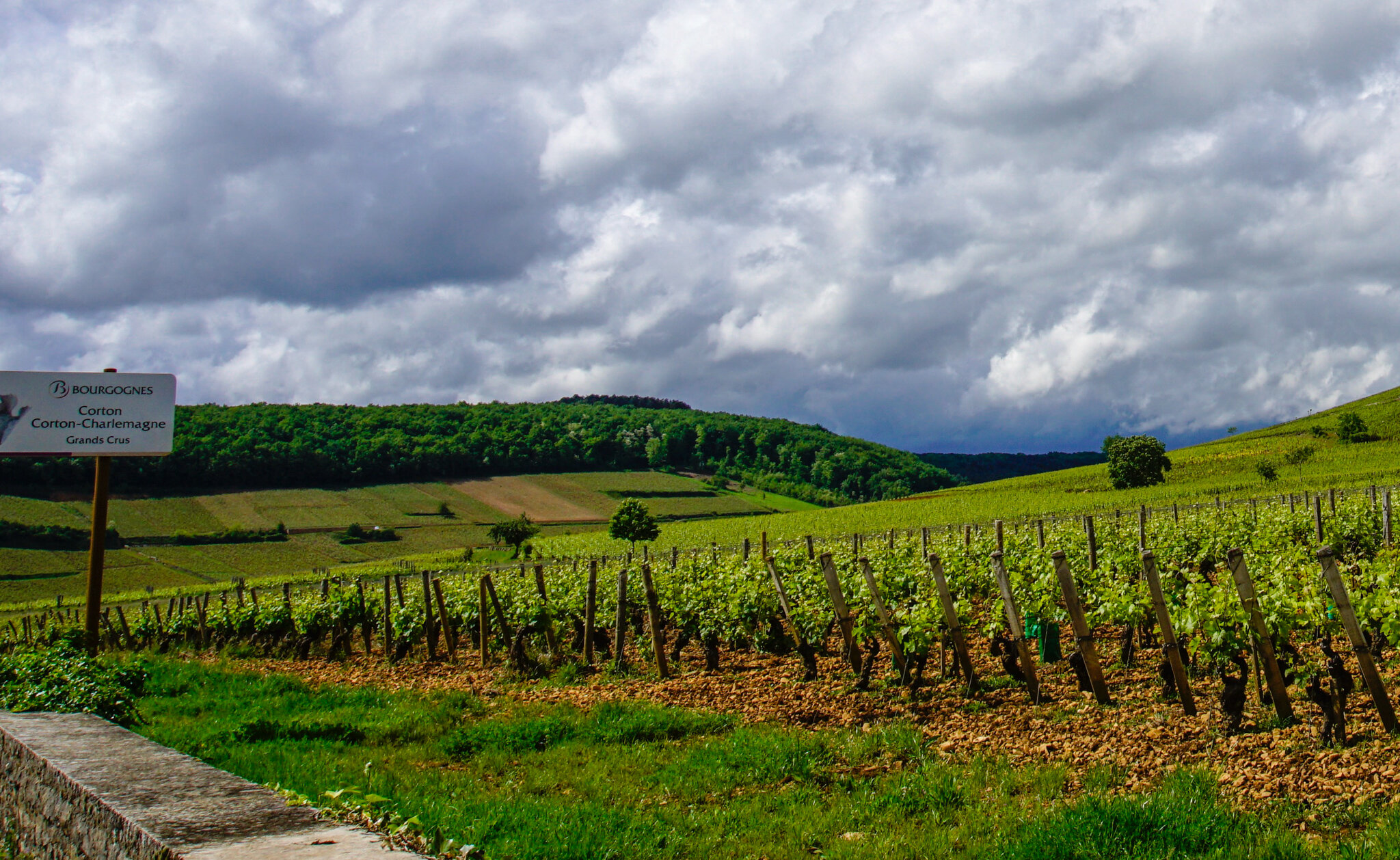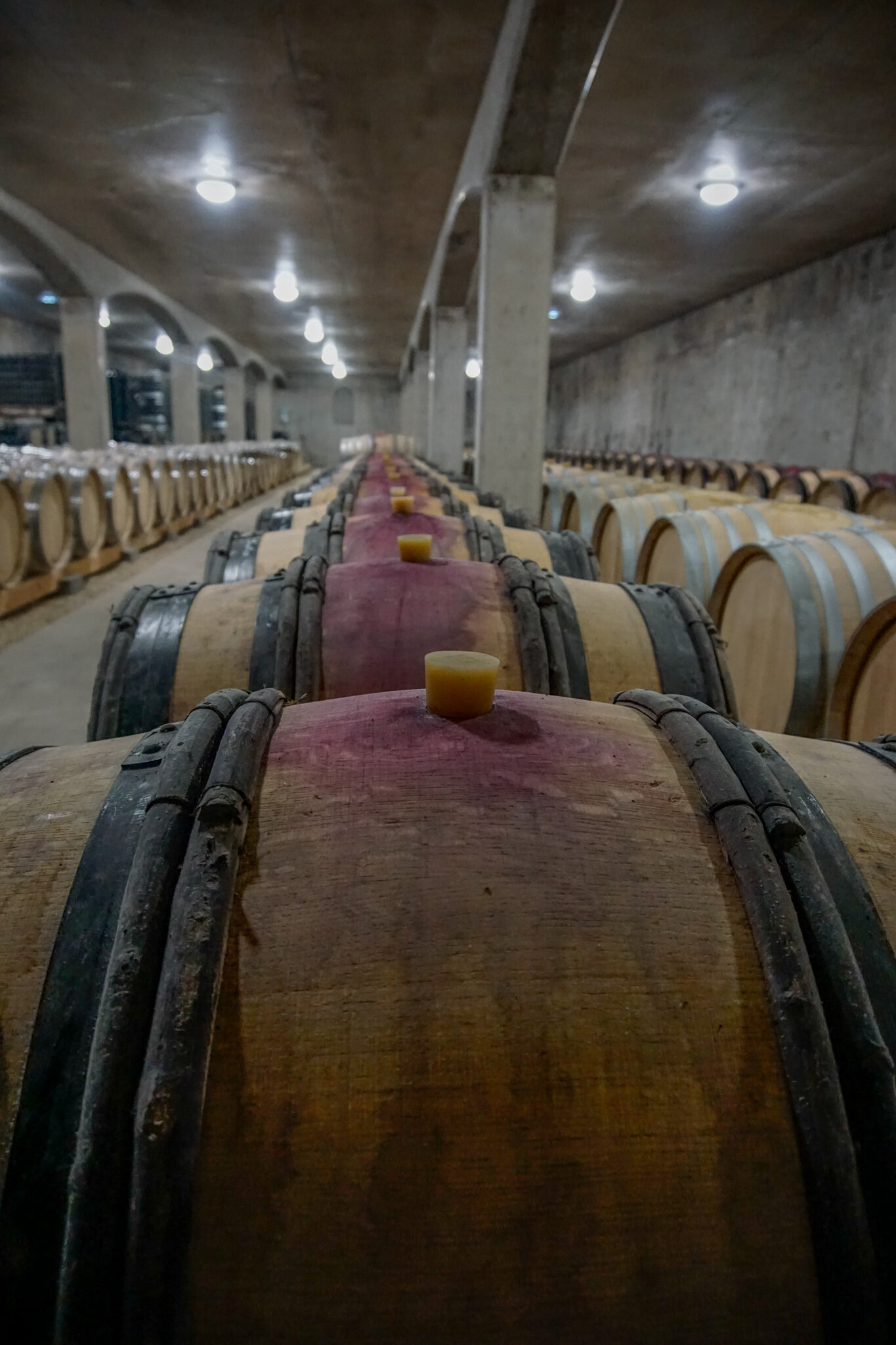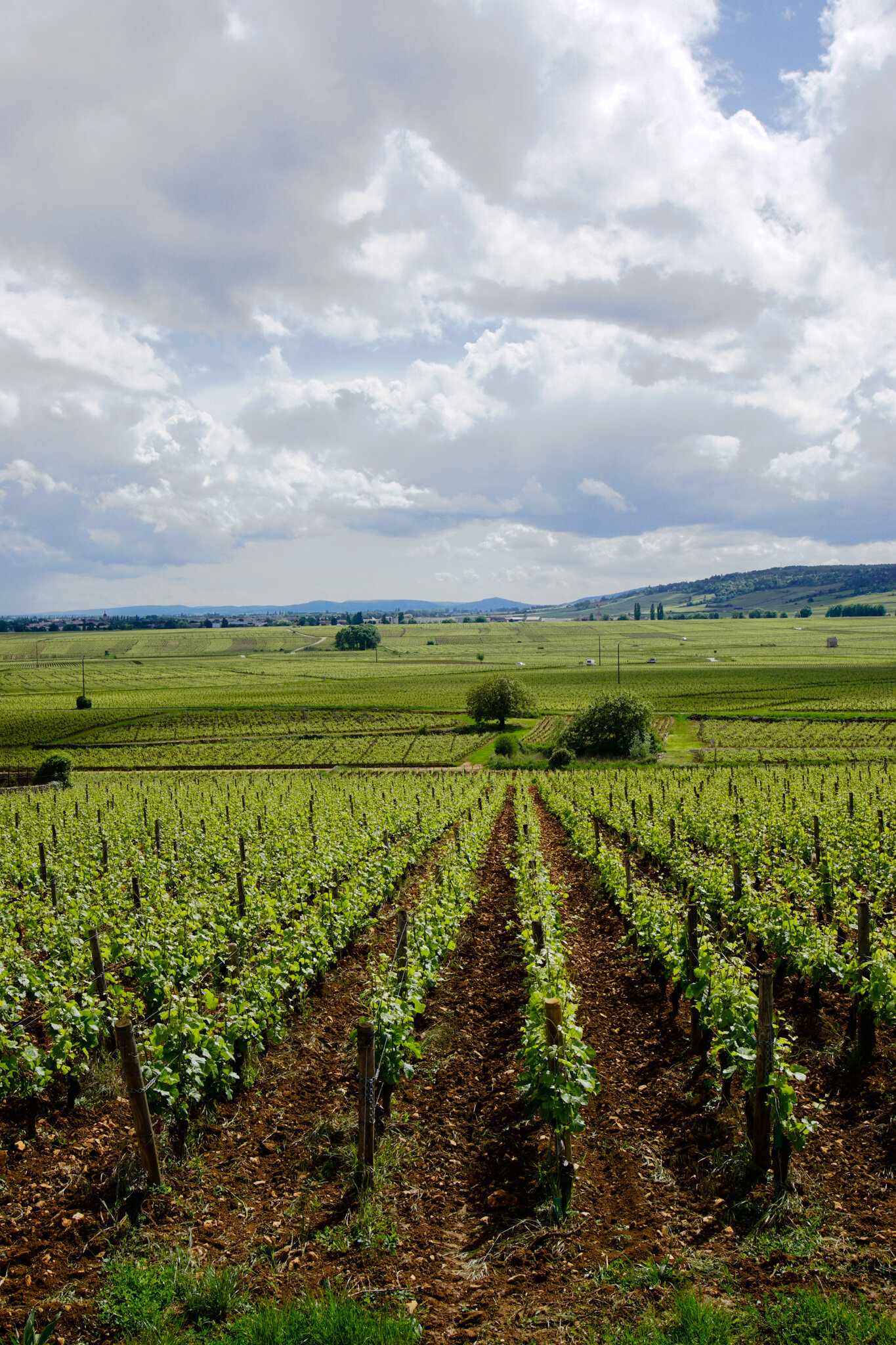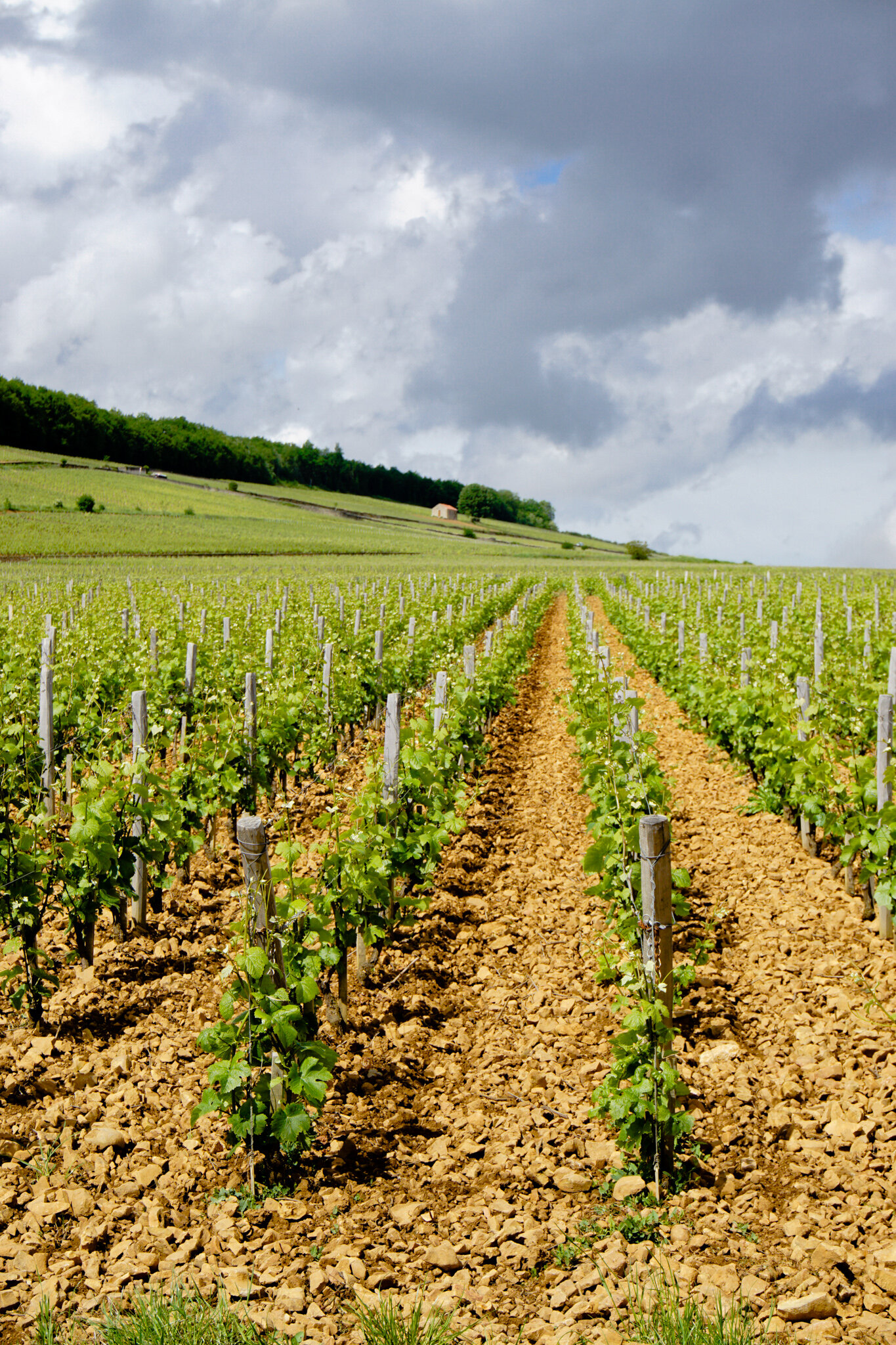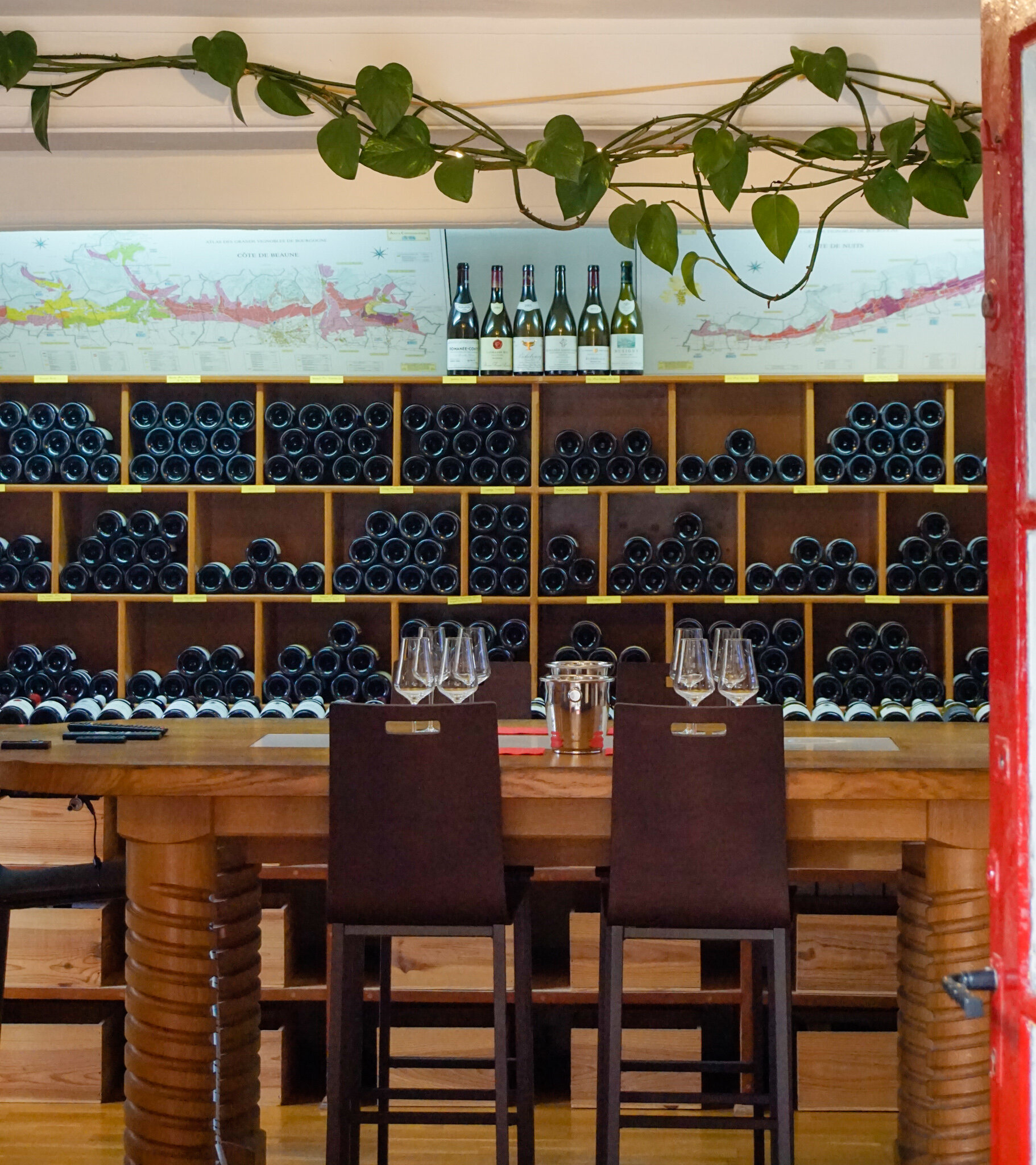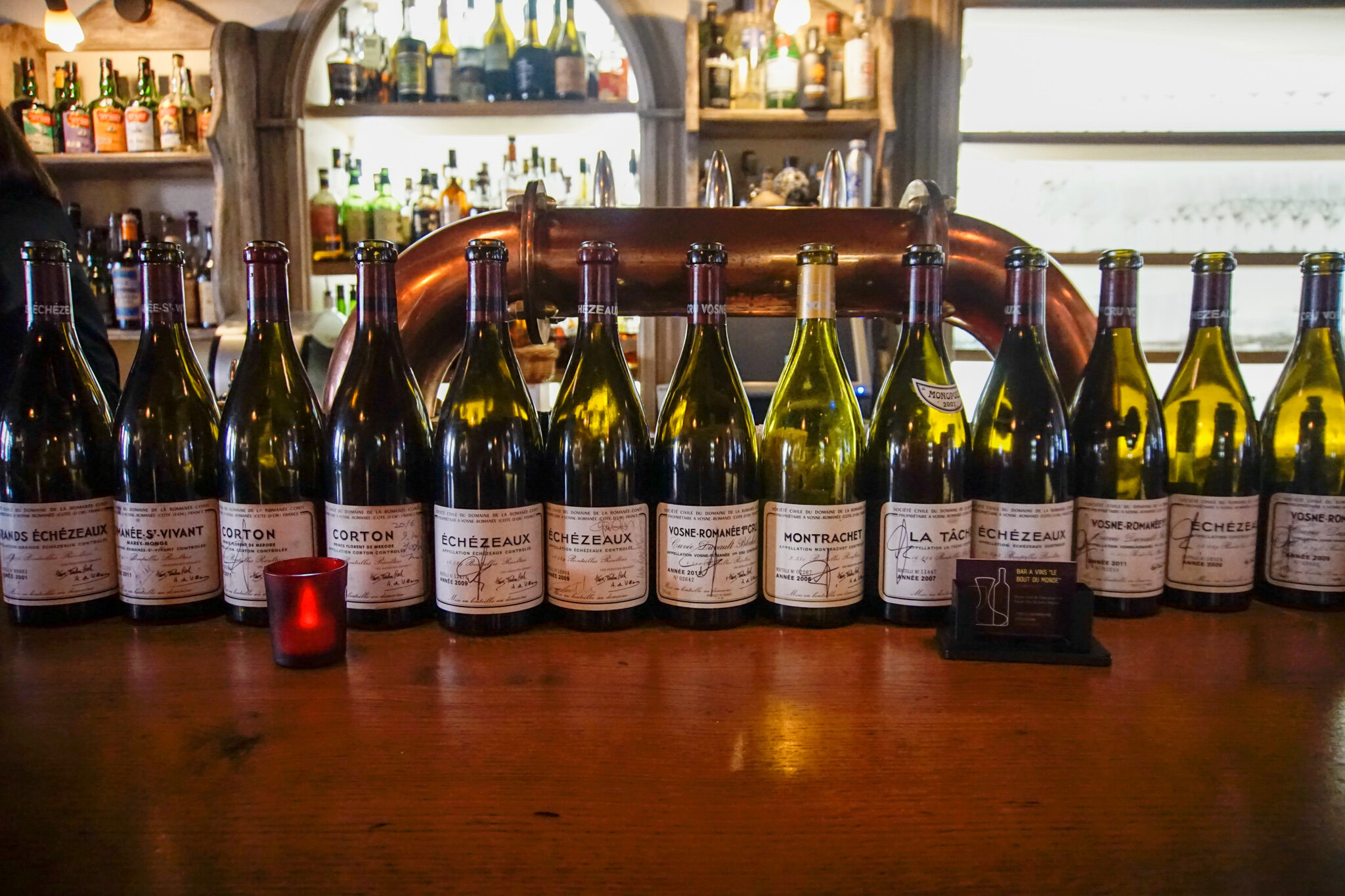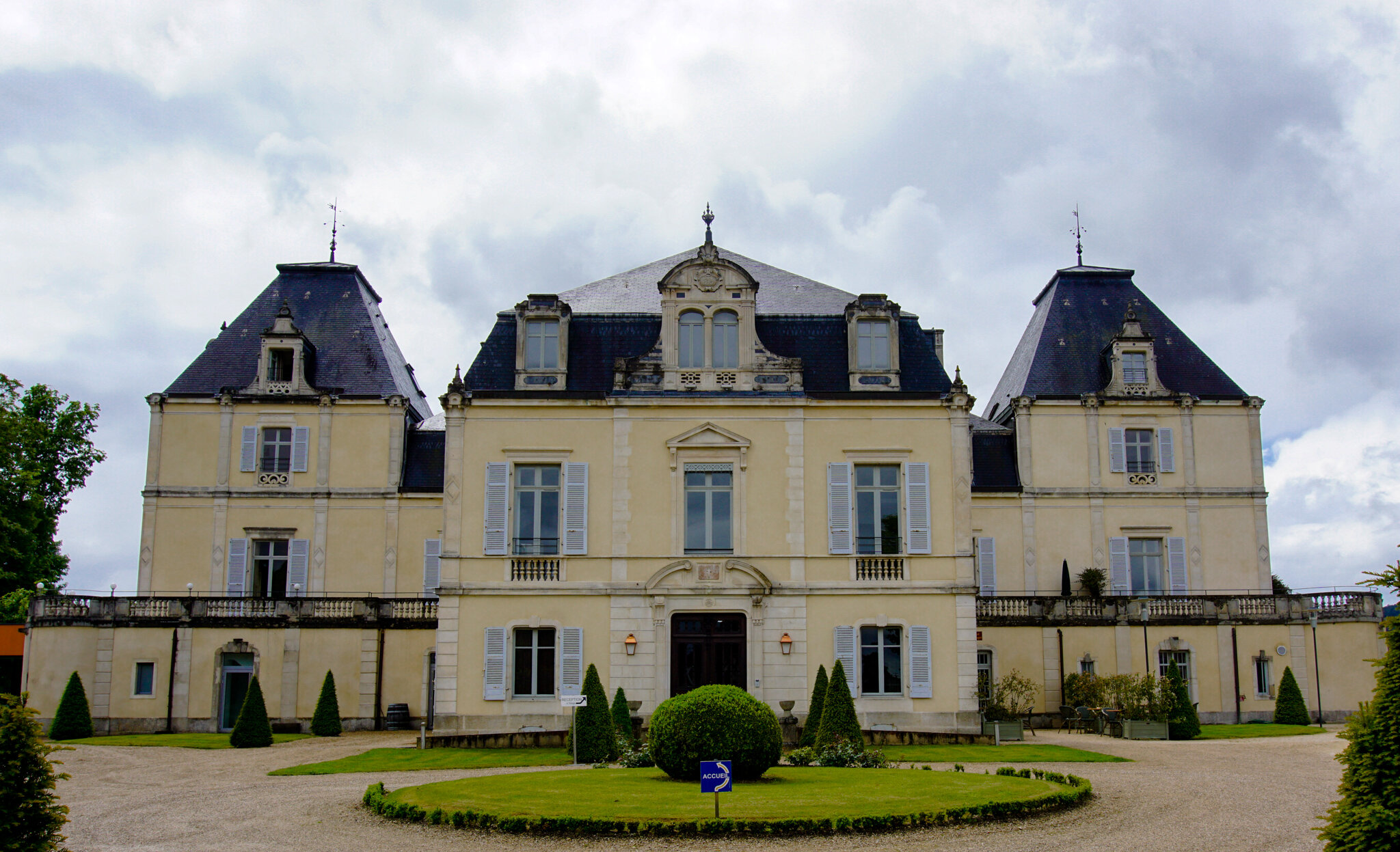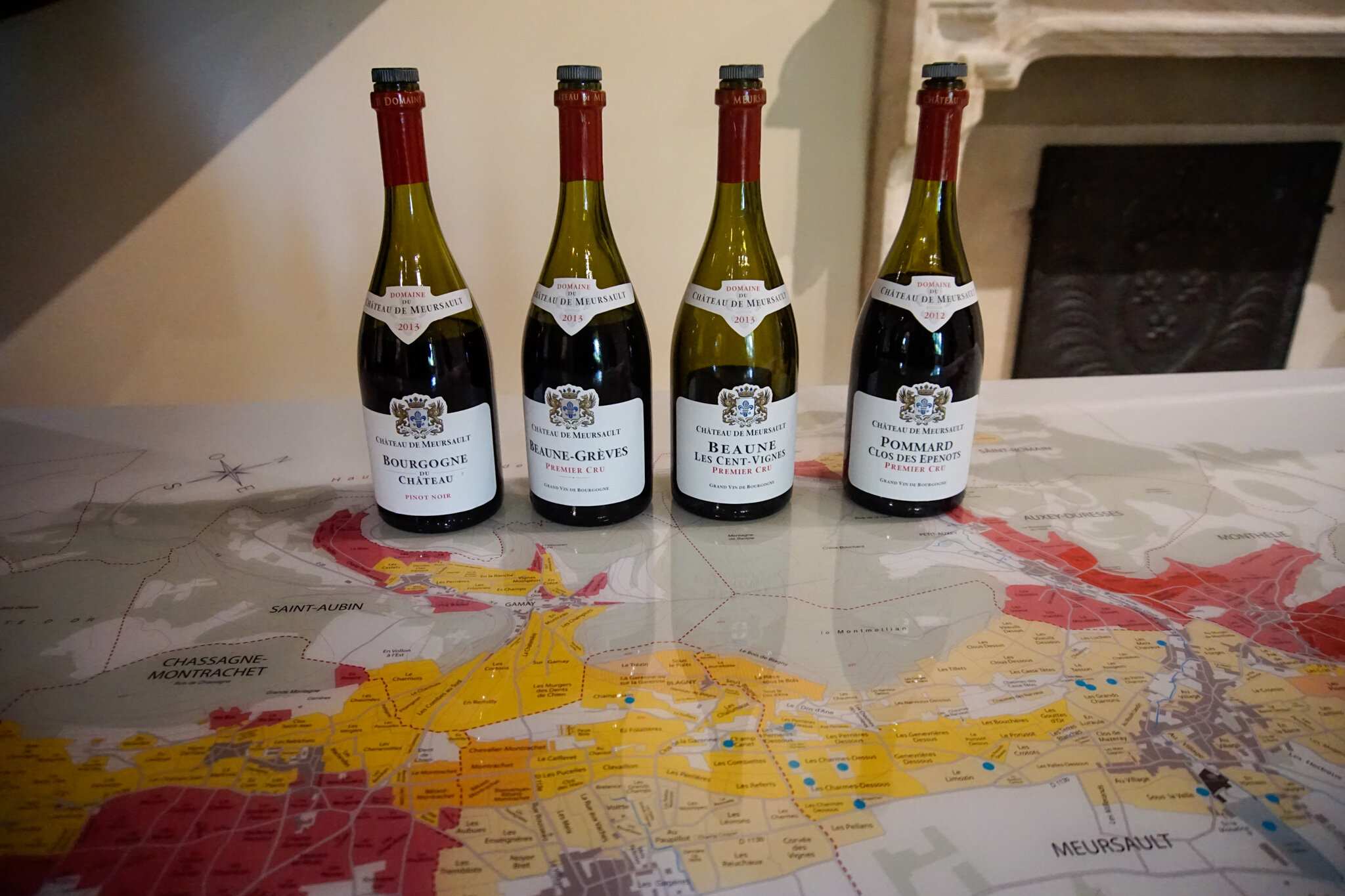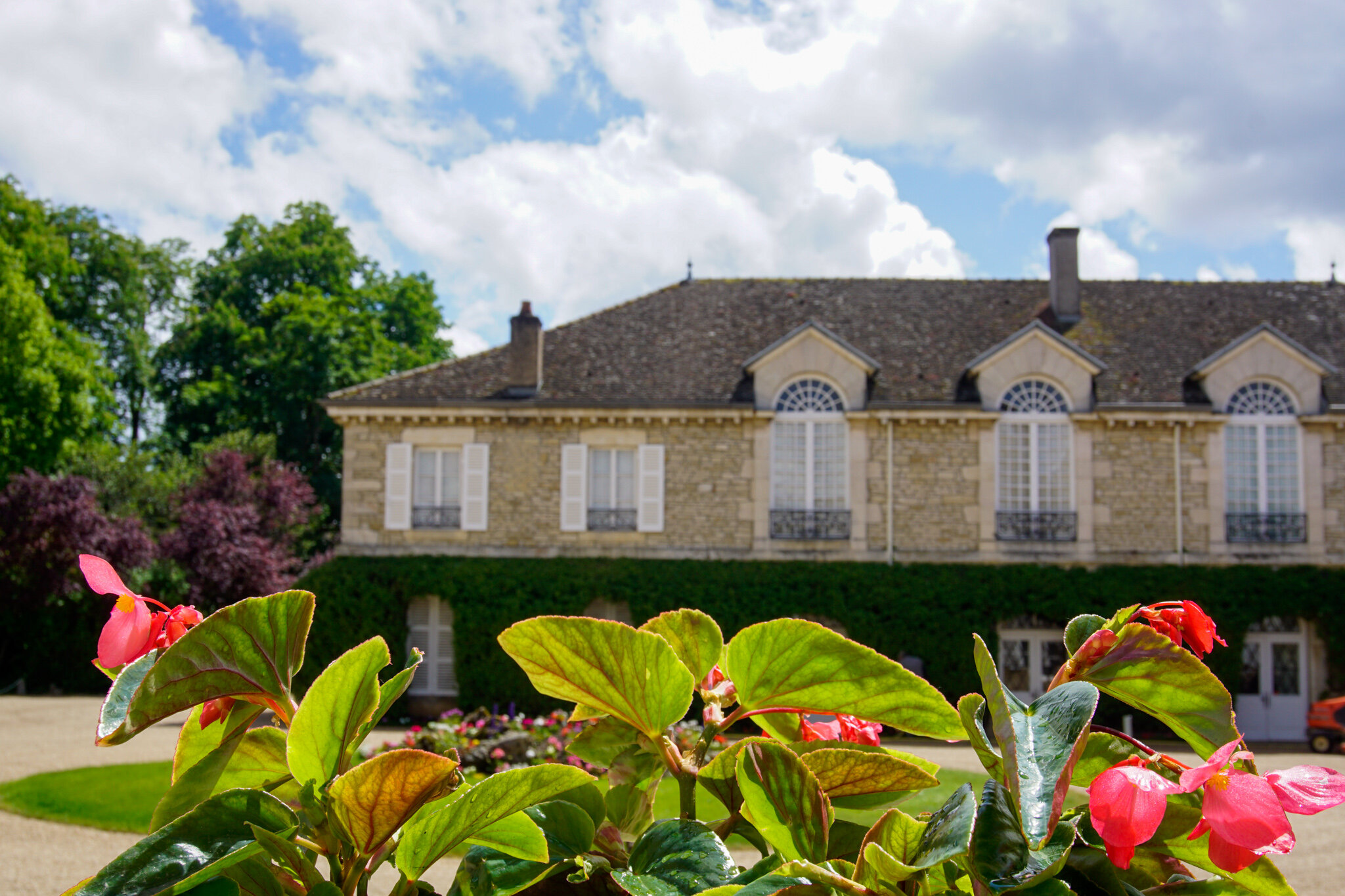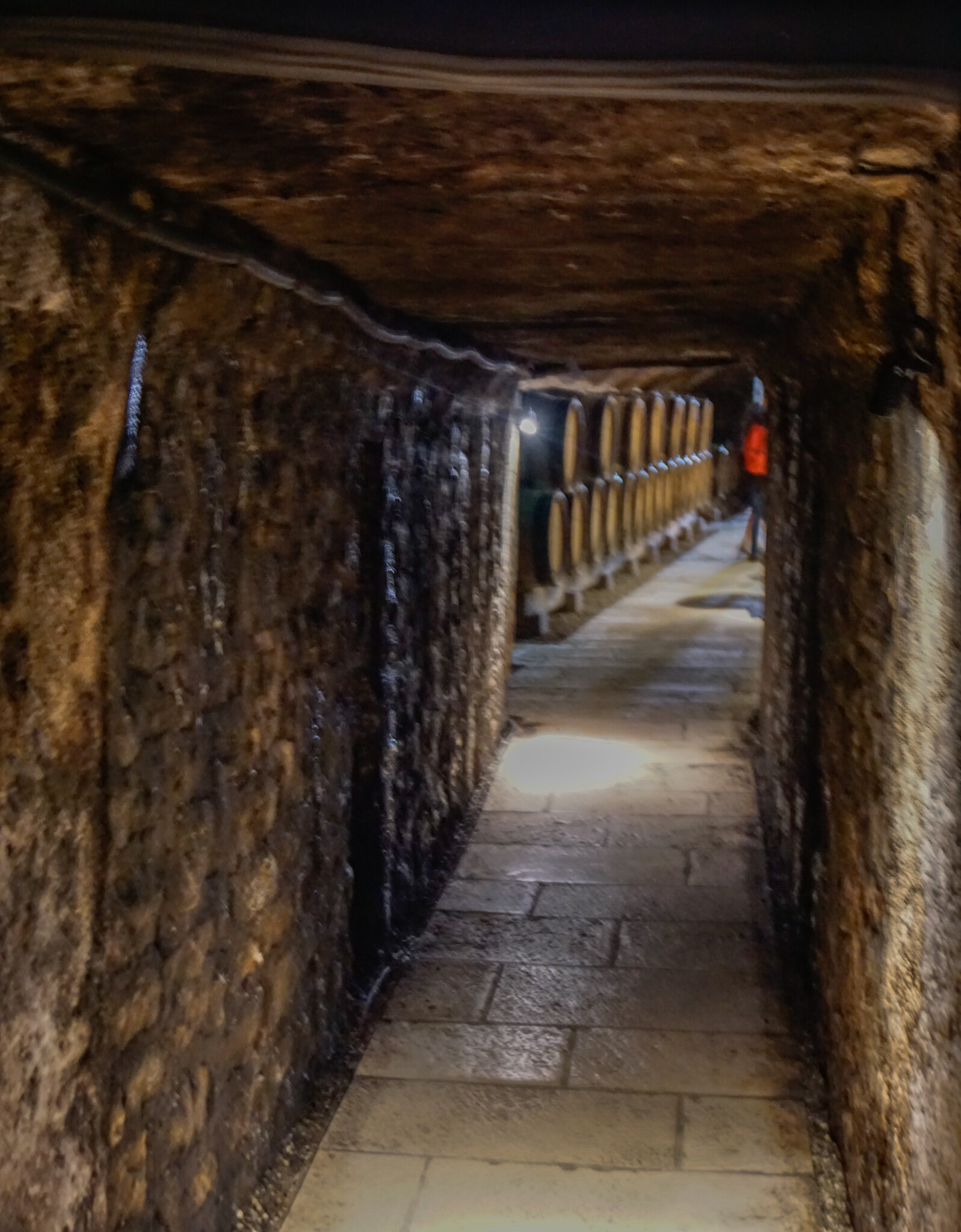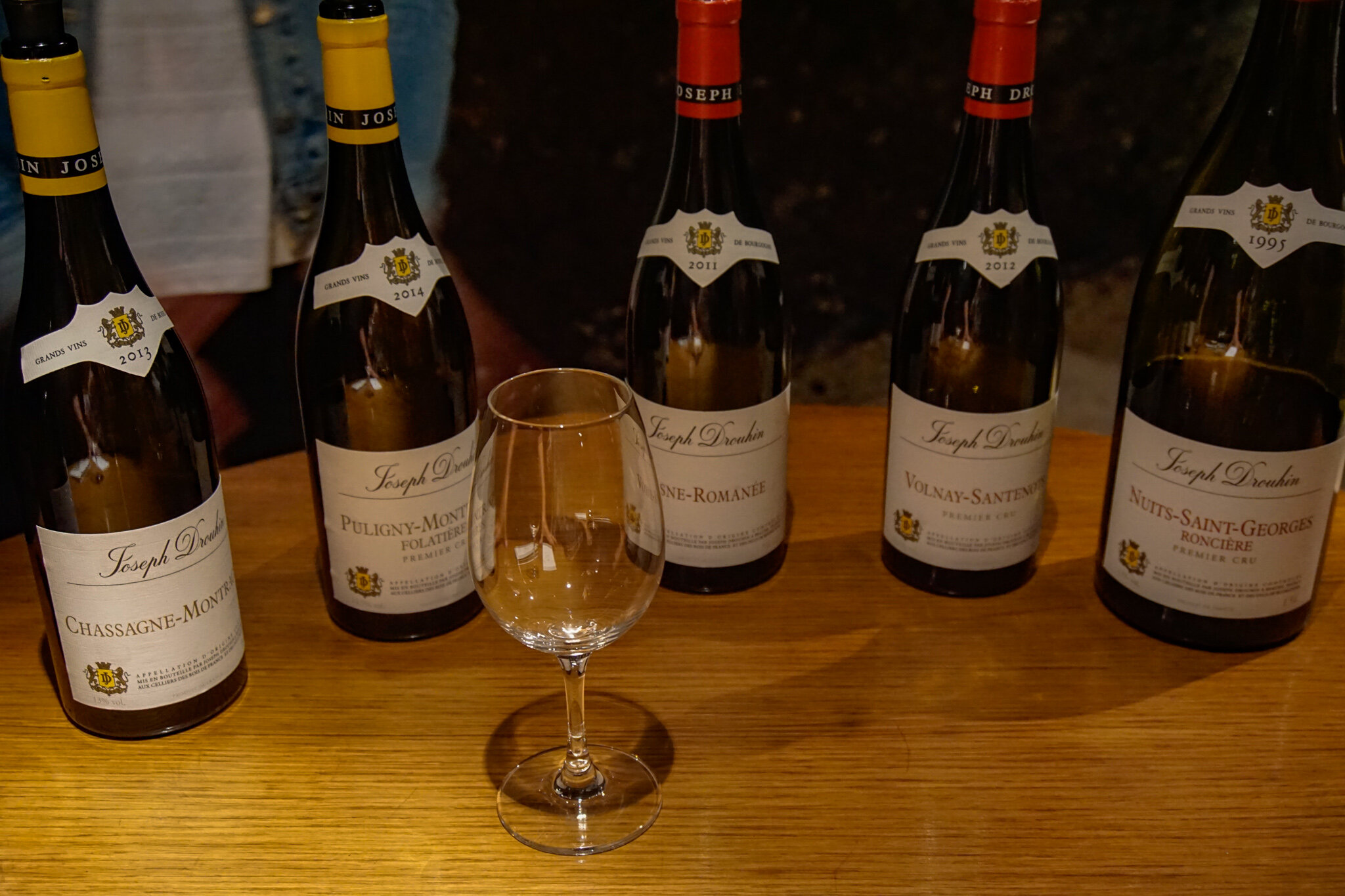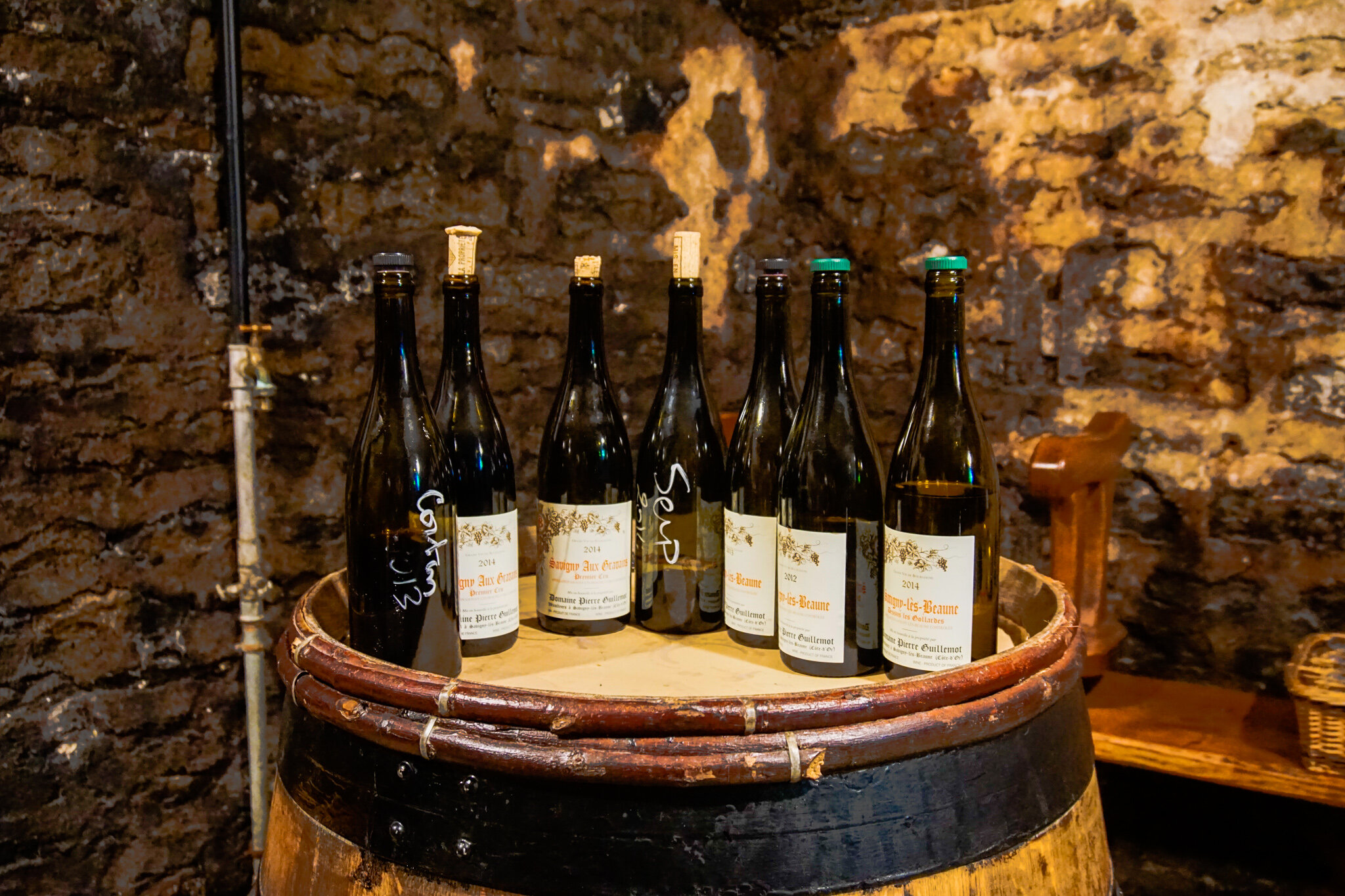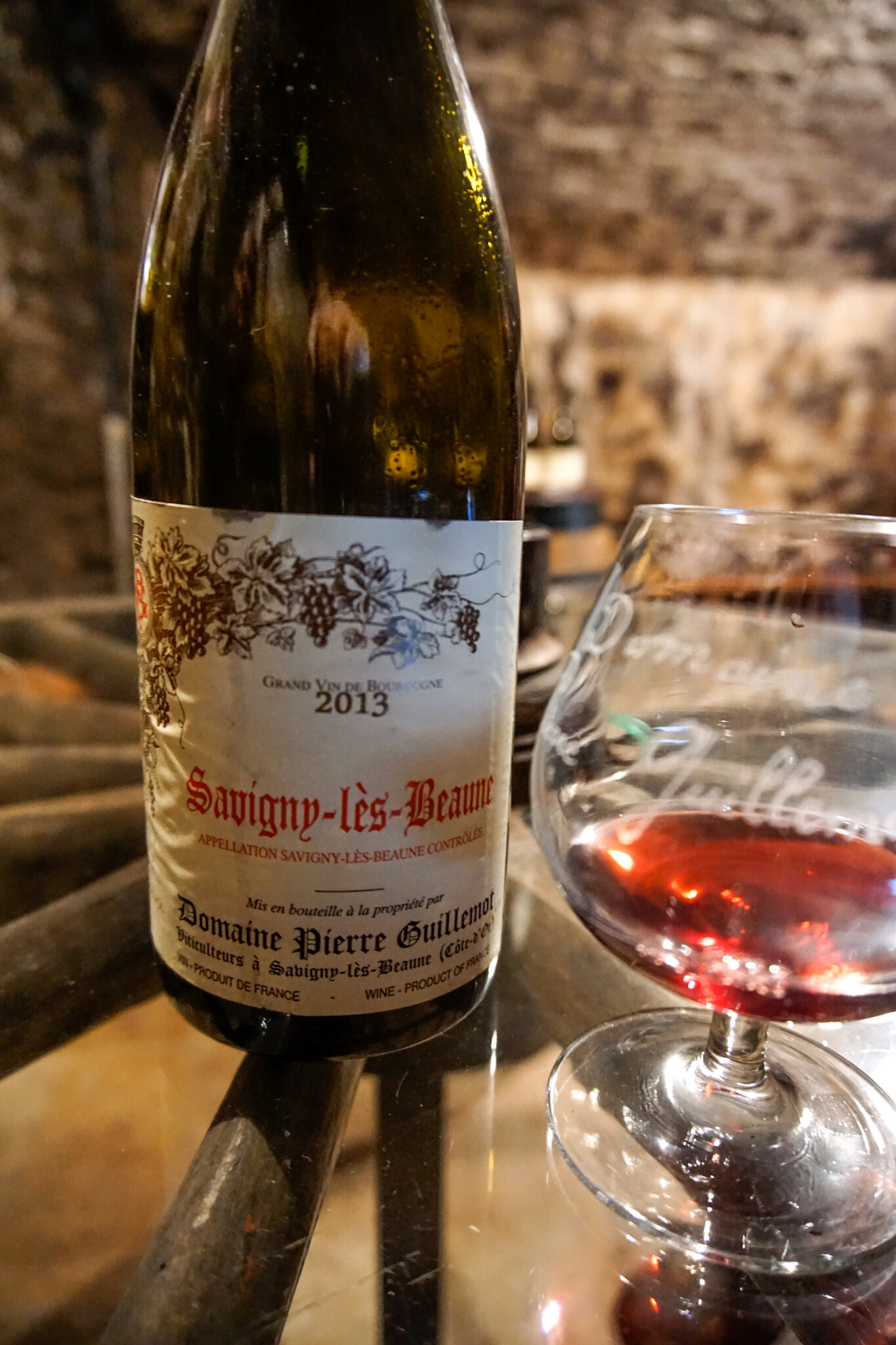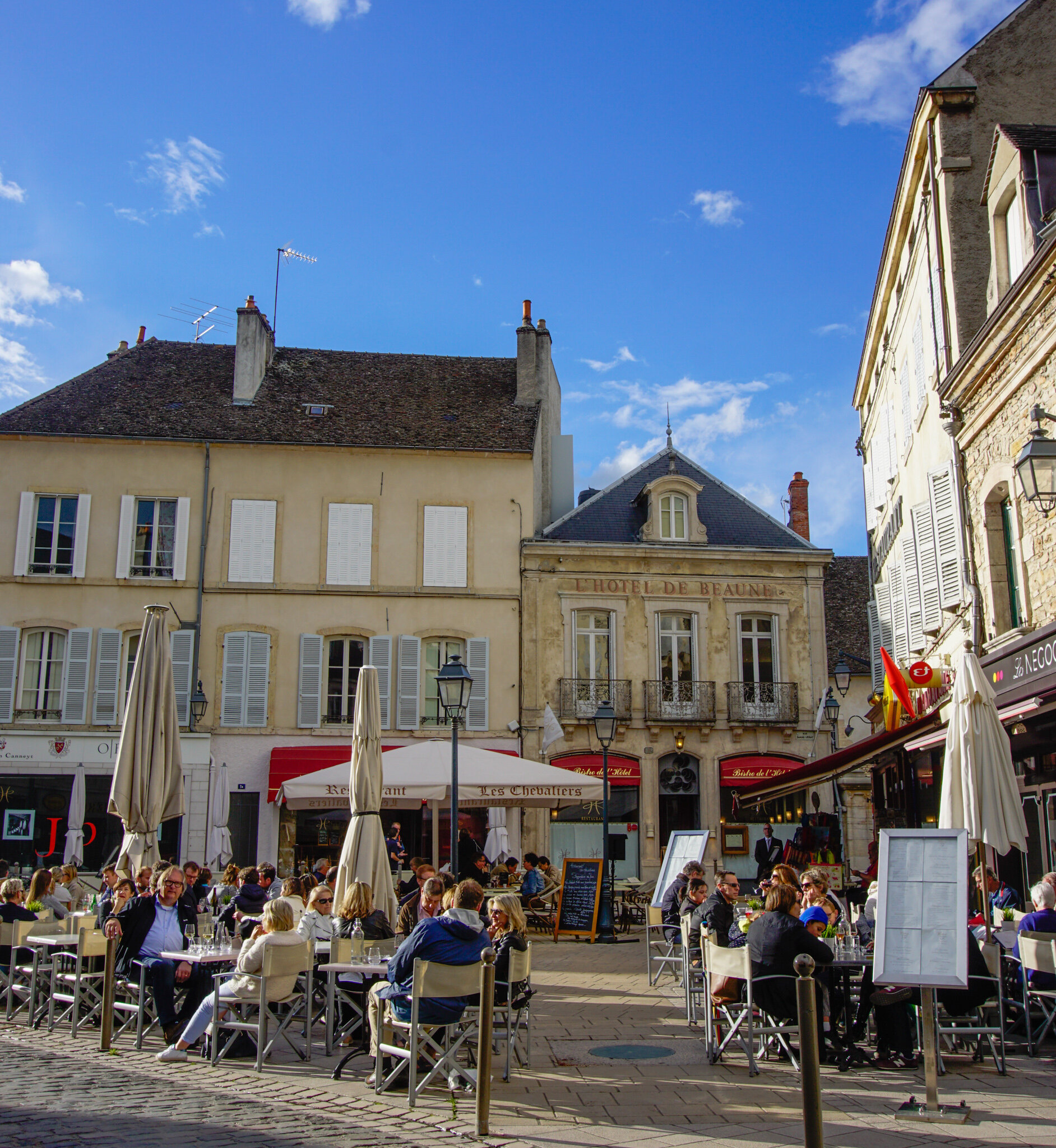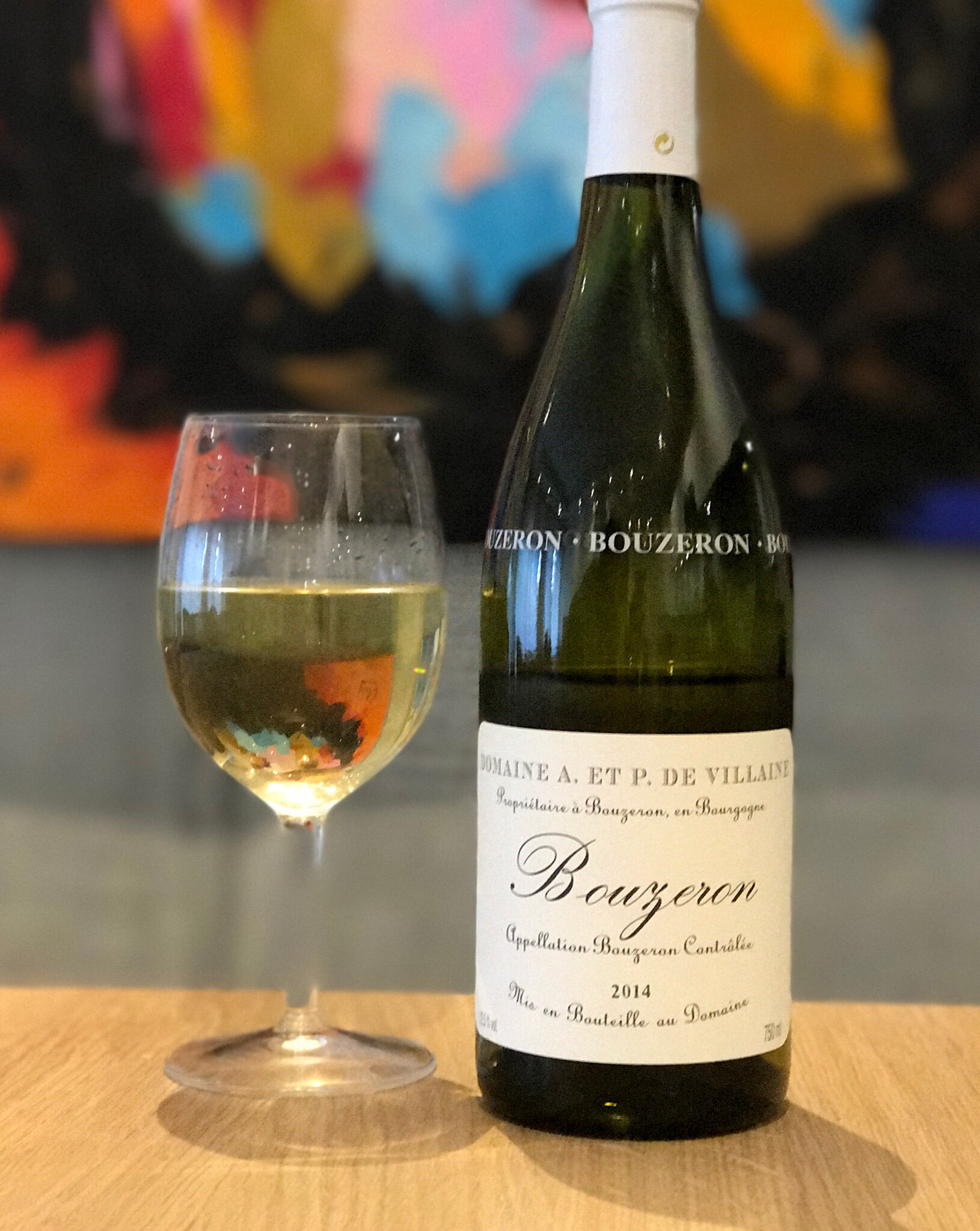Burgundy: Wine Travel
Burgundy is a wine lovers mecca, with a great sense of history and tradition like no other. It has one of the longest accounts as a wine region, where knowledge has passed from generation to generation.
In the short time we had to visit, we just scratched the surface in learning all the region’s nuances. However, I can share some travel advice, providing different ways to discover the area. It is indeed a place to be explored to appreciate the essence of terroir-driven wines.
THE REGION:
Terroir reigns supreme here, and the nuances will distinguish the wine. It is just amazing to see the soil change so dramatically in what looks to be a single hillside. I won't get into all the various crus, climats, soils, slopes, sun exposure, altitudes, microclimates, and growing seasons (all of which are well documented). There are more than 100 AOC's in Burgundy, some notable in their own right, like Chablis and Mâcon. We chose to focus on the heart of Burgundy, the Bourgogne Côte d'Or appellation, composed of the Côte de Nuits in the north and the Côte de Beaune in the south.
Another thing to note about Burgundy is the inheritance laws. These laws have led to the fragmentation of land ownership resulting in an area as small as a few rows of vines distinguishing two different producers. Whole vineyards, or monopoles, in the hands of a single owner, are very rare. Two of the most prestigious are Romanée-Conti and La Tâche Grand Crus owned by the esteemed Domaine de la Romanée-Conti located in the Côte de Nuits.
Suffice it to say, Burgundy is about terroir and the producer. Learning these two things is of extreme importance for finding quality, and in some cases value, in Burgundy.
THE GRAPES & WINES:
The only thing easy about Burgundy is the grapes; for the most part, if you're drinking white, it's Chardonnay, and Pinot Noir if it's red. I found a new appreciation for the Chardonnay grape, and now I'm hooked. Burgundy is, after all, the origin of Chardonnay, the most planted grape in the world. As for Pinot Noir, many hold Burgundy as the highest standard to obtain.
TO VISIT:
For all it's fame and fortune, Burgundy feels simple and rustic; very much a contrast to say Bordeaux or Napa. With very few grand houses or expansive wineries.
There are multiple ways to explore the wines of Burgundy. For an easy entry to tasting, with limited planning and booking winery appointments, my suggestion would be to try each town's local Enoteca's. The Route des Grand Crus is well marked, and each of the small towns along the route typically has a tasting room representing some of the local producers. You’ll enjoy driving on Burgundy's lovely tree-lined roads, and bikers can use the service roads to pedal among the scenic villages.
The large Châteaus are another great way to learn about Burgundy's appellations and winemaking. Here are a few examples:
There are multiple wine shops in Beaune offering tastings, as well as some big-name producers have their tasting facilities in Beaune; for example:
• Joseph Drouhin
• Louis Jadot
• Bouchard Pere et Fils
When visiting Joseph Drouhin, you will learn the history and stories of the generations of winemaking. One interesting piece of this history, in 1928, Maurice Drouhin became one of the first winemakers to plant and harvest Chardonnay grapes separately from Pinot Noir. Before this, Chardonnay was mixed together in the vineyards and used as a blend in Pinot Noir. Their Clos des Mouches vineyard, where the history all began, comprises 35 acres a few miles from the center of Beaune between Corton-Charlemagne and Montrachet. Pinot Noir grapes make up just over half with 18.75 acres and Chardonnay the remaining 16.25 acres.
Your tour will explore their underground wine cellars beneath the town of Beaune and enjoy a tasting of many of their wines. Today the Domaine comprises 195 acres in total, two-thirds of which are classified as Premier and Grand Crus. They also have a winery in Oregon, Domaine Drouhin, stating their desire is to keep our minds wide open.
If you want to dive deeper into Burgundy, you will need to plan well in advance. Most of the Domains are small, family-run establishments without marketing departments, and you will most likely visit with a member of the family. It is an experience I would recommend. One way to obtain an appointment is to book through the wineries distributor; you can contact them directly or have a wine shop make an introduction. Just know that getting an appointment may take as long as three months to arrange, but if you have specific places you want to seek out, it can be worth the time for a private appointment.
We had a pleasant visit and tasting with Vincent Guillemot, now winemaker at Domaine Pierre Guillemot in Savigny-Les-Beaune. He and his brother Philippe, grandsons of Pierre, run the winery and were so accommodating in sharing their time and wine with us. They are deeply rooted in their family traditions yet curious to learn new techniques. His family's philosophy is to make quality wines at affordable prices, which, as you know, most Burgundy wines are not cheap. Their 2014 Corton Grand Cru was superb. He said it could easily age another 25 plus years, 50 given the right conditions; the aging potential is just astonishing. We brought these shown home with us, where they remain in our wine storage.
TO STAY:
The town of Beaune is the perfect home base in the heart of Burgundy and oozes wine. The Beaune market is on Wednesdays and Saturdays and is great to experience when colorful stands fill the square; and the cheese!!! The market is held outside the Hôtel-Dieu and adjoining Les Halles, the landmark building in town. The colorful glazed tiles on its roof established the classic style repeated on ancient buildings all throughout Burgundy. Besides the historical and distinctive architecture, the Hospice wine auction is held here every November, organized by Christie's with some of the most expensive wines in the world. In Beaune, every other shop seems to be selling wine. To find old and rare wines from the region, visit Mon Millesime wine shop; you'll feel like a kid in a candy shop.
We were lucky enough to have as our landlord at our apartment rental the winemaker at Domaine de Villaine. I know I said if it was white wine, it was Chardonnay, but now I'm going to contradict that by saying he makes the best white wine using the Aligoté grape. This is the almost forgotten third grape of Burgundy. The wine is mineral and elegant at the same time with just a light hint of creaminess. You should seek this out for a unique find and pair it with seafood.
I also have to make a shout-out to Alex Gambal, an American owning land in Burgundy! This ownership was such an anomaly. Since we visited, Alex has sold his winery to Burgundy's Boisset family, who also has a winery in California. I believe he remains as an advisor.

